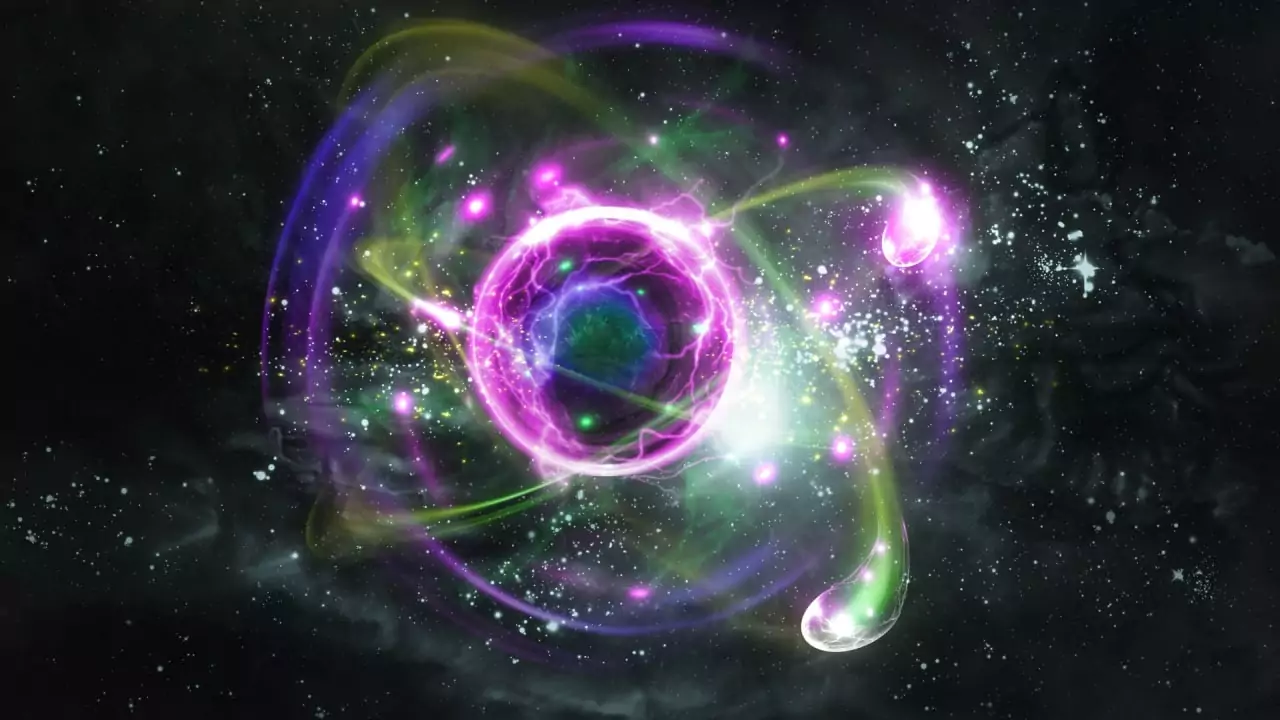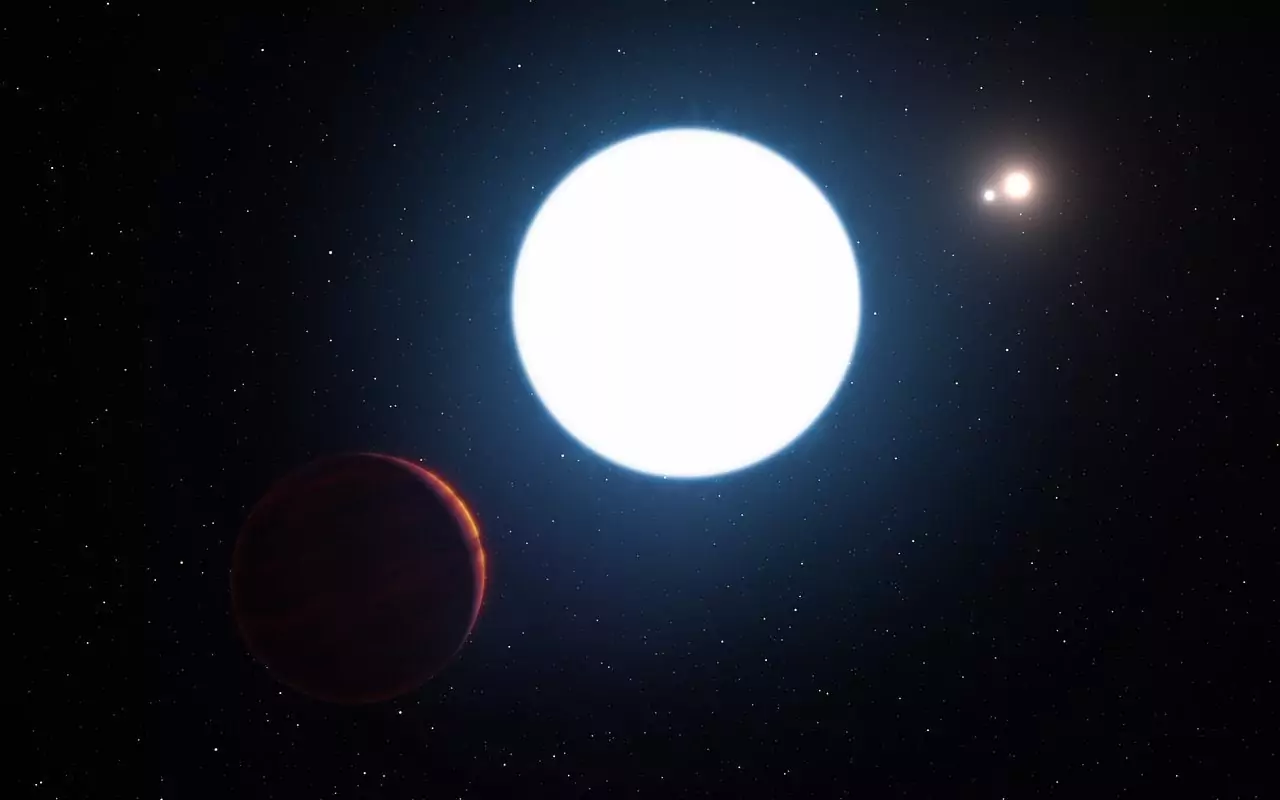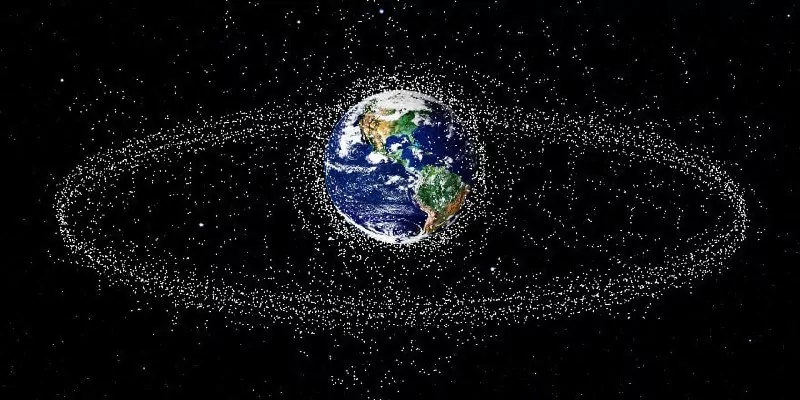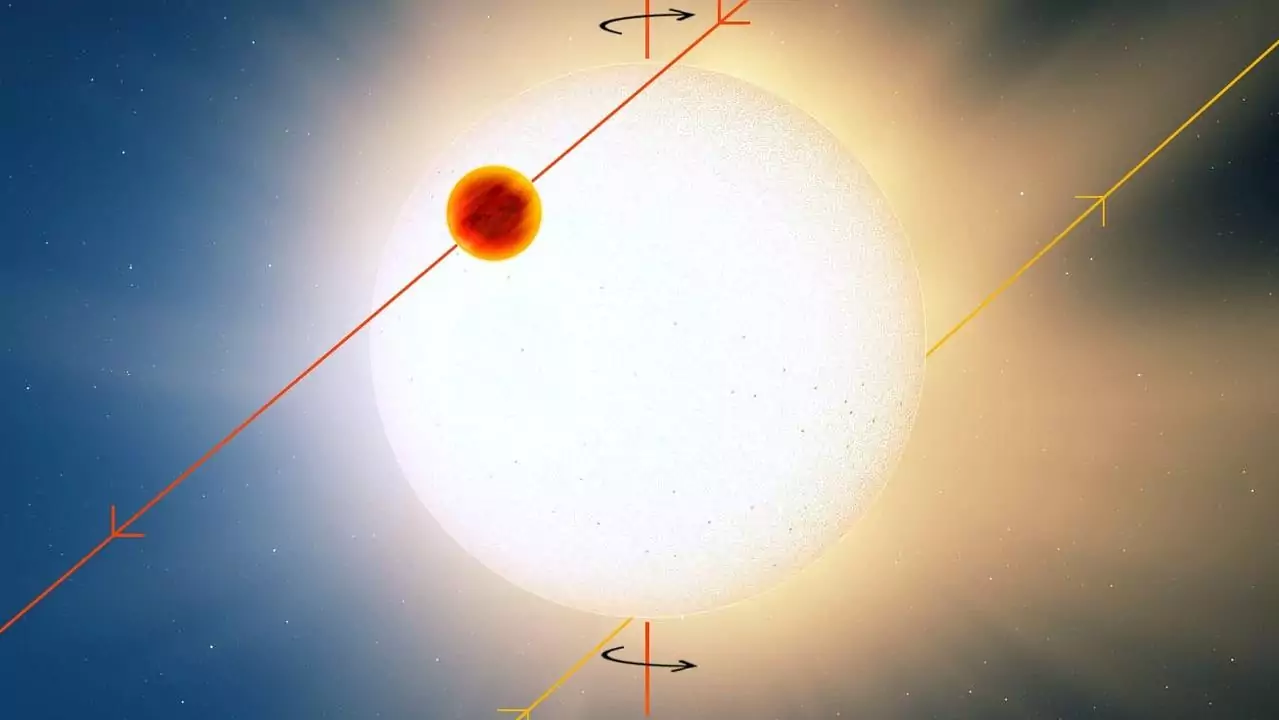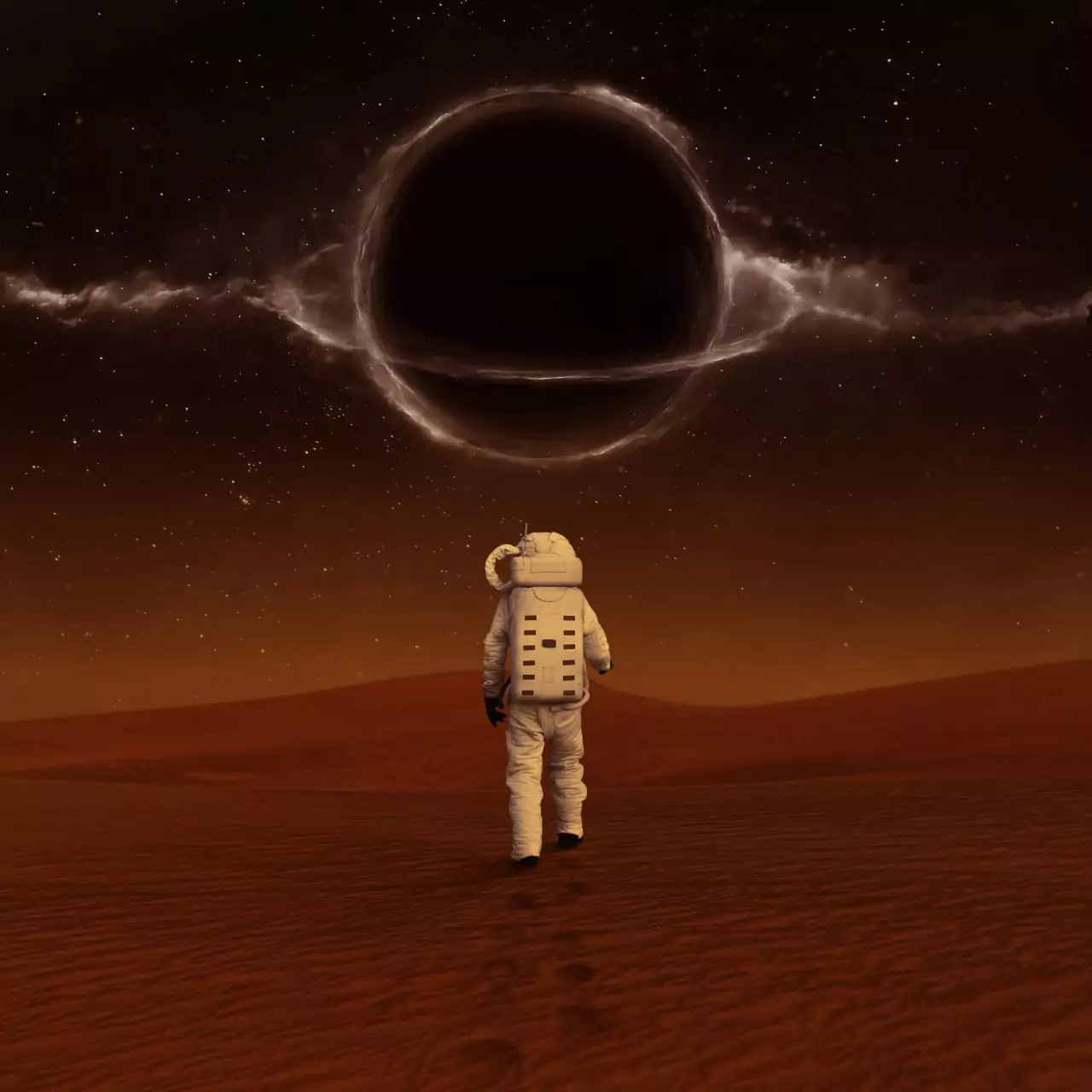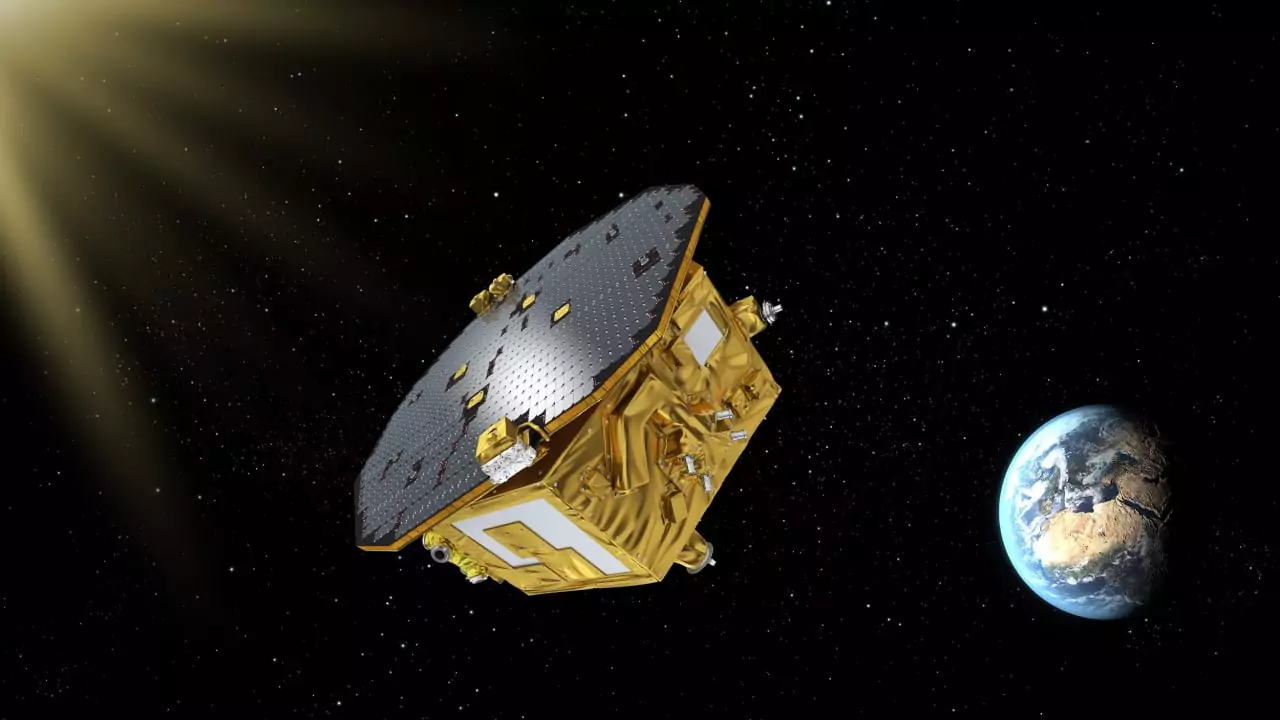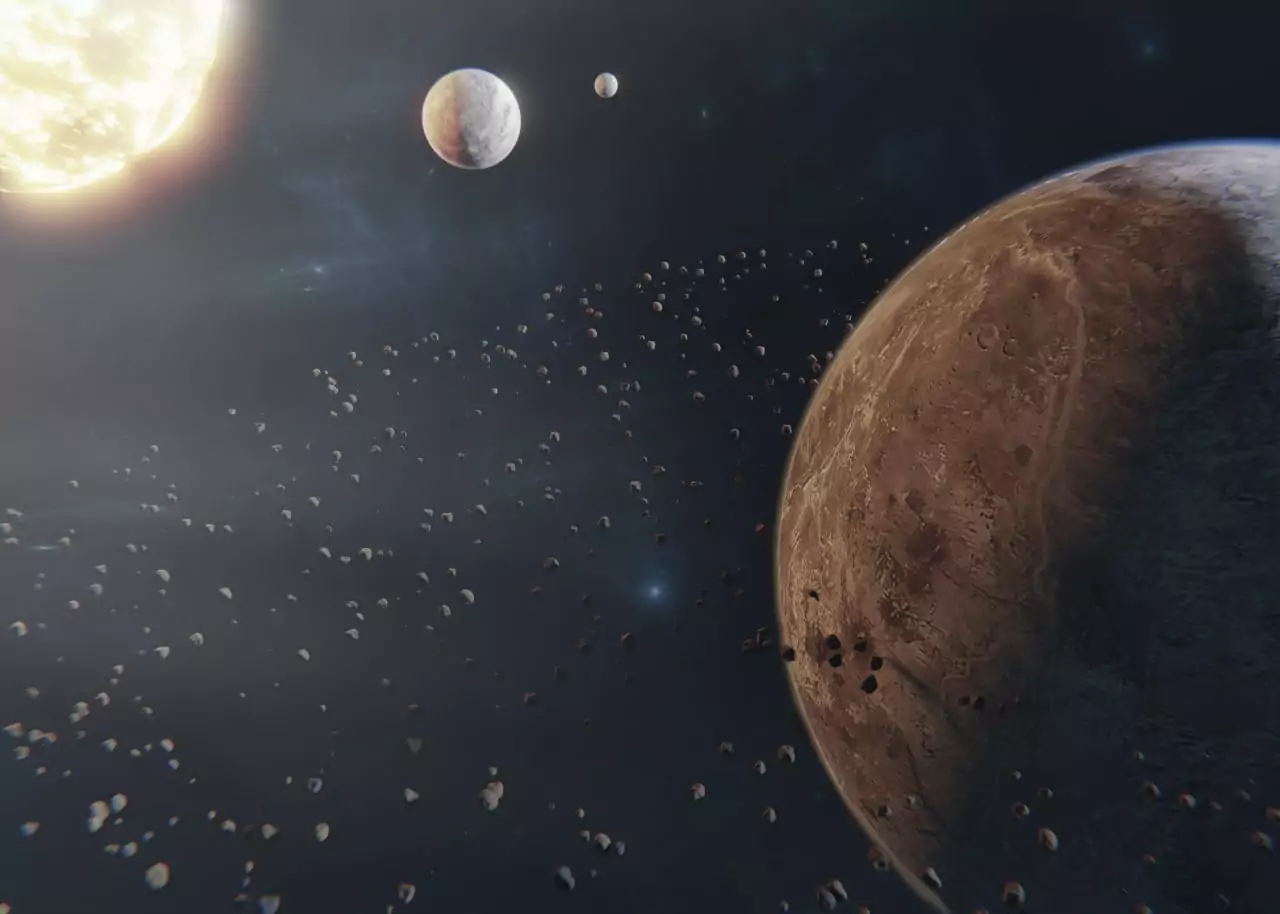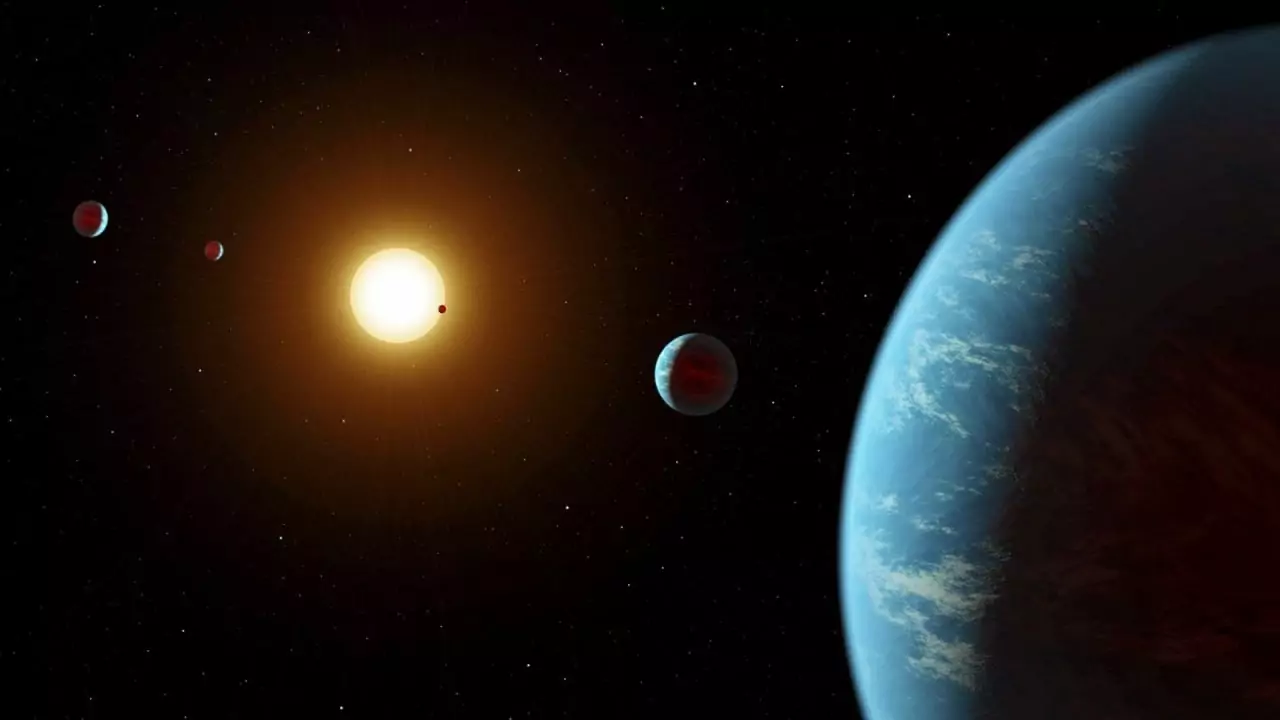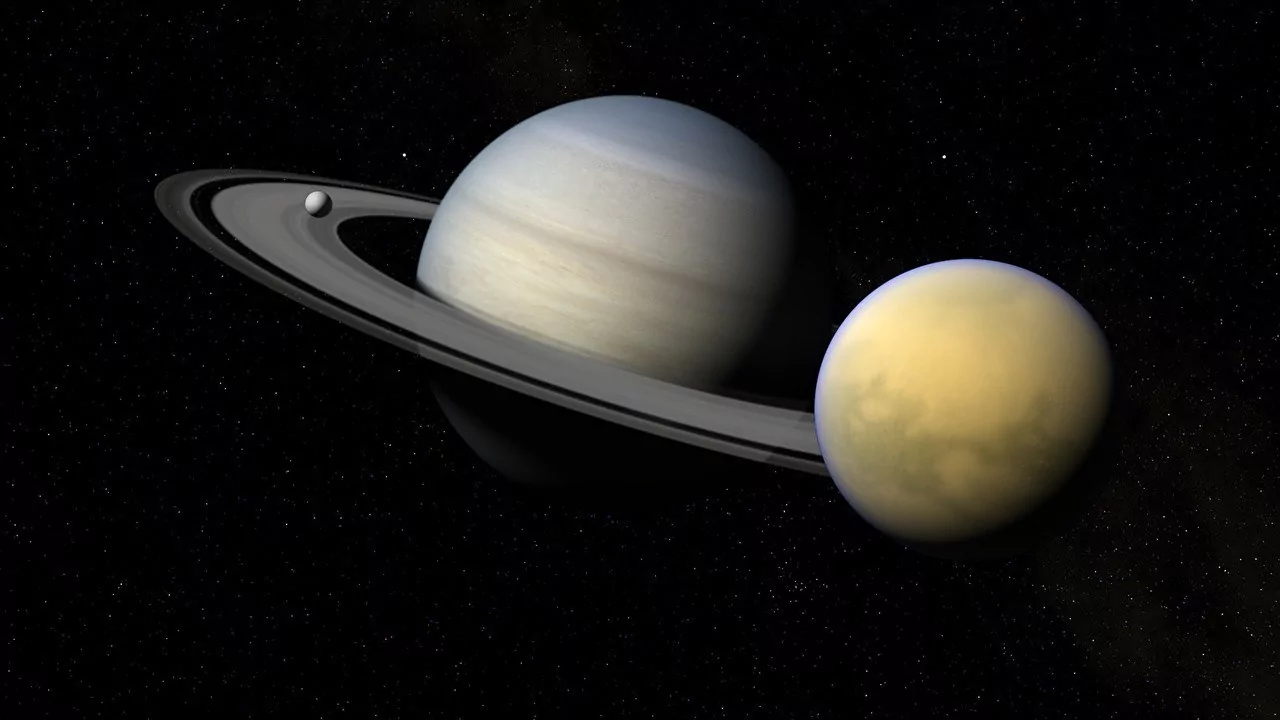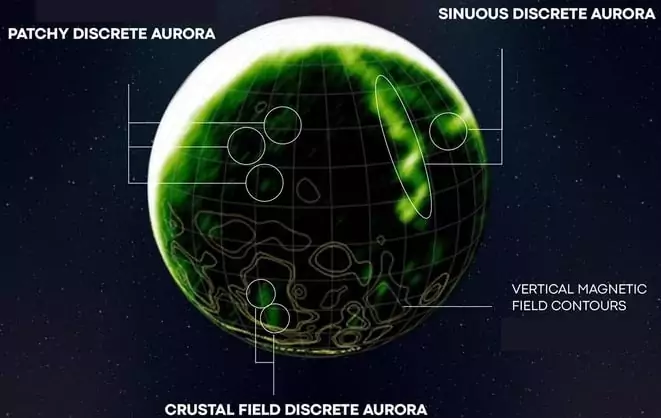-
How can space expand faster than the speed of light?

Space cannot expand faster than the speed of light («the speed of expansion of space» is generally a confusing term, to determine «speed» you need to at least set the size/volume of space). You probably meant the fact that there are objects (located behind the Hubble sphere) that are moving away from the observer (i.e.…
-
How many suns can a planet have?

Planets with two suns, such as in Star Wars, are not uncommon, especially on a cosmic scale. Three suns are much rarer, however, there are such cases. The question of how many suns a planet can have in principle is quite complicated. The fact is that the approximate distance at which the stars stop interacting…
-
Why don’t a lot of artificial satellites orbiting our orbit collide with each other?

Now there are more than 3,000 active satellites in Earth orbit, and the same number of those that have already failed. In total, there are more than 100 million fragments in near-Earth orbits. These fragments are space debris ranging in size from 1 mm. The dimensions of near-Earth space are quite large. But if we…
-
A «hellish» planet has been discovered, the surface of which is hotter than some stars

The new planet was named TOY-1431 b and has quite impressive dimensions. It is about three times more massive than Jupiter and is located near a bright star that heats its atmosphere during the daytime to 2,700 °C. During the night, TOI-1431b cools down only to 2,300 °C. The author of the study, Dr. Brenn…
-
There is silence in space, everyone knows that, but what does space smell like?

What is a smell? Or rather, how the human sense of smell works — in the process of breathing through the nose, together with the air, the molecules of substances contained in it enter the human body, to which olfactory receptors react. In space (or rather in outer space) there are no conditions for the…
-
The LISA space gravity interferometer project has passed the preliminary verification phase and has been approved

Now scientists will start working on the project in detail, the launch is scheduled for the mid-2030s LISA will consist of three spacecraft located at a distance of 2.5 million kilometers from each other. The devices will be «connected» by laser beams that allow measuring the curvature of space-time. Such a giant interferometer detector larger…
-
The star from the constellation Aquarius recorded six planets

The star K2-138 is located at a distance of 792 light-years from our planet. It is colder than the Sun. Back in 2018, astronomers received data about the star using the Kepler orbiting telescope. Then they determined that five planets revolve around the star K2-138. It also turned out that the planets revolve around their…
-
Some planets may be more habitable than Earth

Earth doesn’t have to be the best planet in the universe. There are already two dozen known planets outside our Solar System that may have conditions more suitable for life than on Earth. Potential «superhabitable» planets may be significantly older, slightly larger, slightly warmer, and possibly wetter than Earth. Life could also develop more easily…
-
Saturn’s moon Titan has many similarities with Earth

Titan, Saturn’s largest moon, is distinguished by landscapes very similar to those on Earth: rivers and lakes, canyons and sand dunes. The difference is that on Titan, this landscape is formed by radically different substances from those on Earth: liquid methane flows through the riverbeds, and sand dunes are formed by other hydrocarbon compounds. For…
-
The Arab station Al Amal has discovered a new kind of auroras on Mars

The Arab station Al Amal has discovered a new type of auroras on Mars, called winding discrete auroras. They are characterized by a large extent and were observed in the ultraviolet wavelength range, according to the mission’s Twitter account. Sinuous discrete auroras extend for several thousand kilometers, from the day to the night side of…
